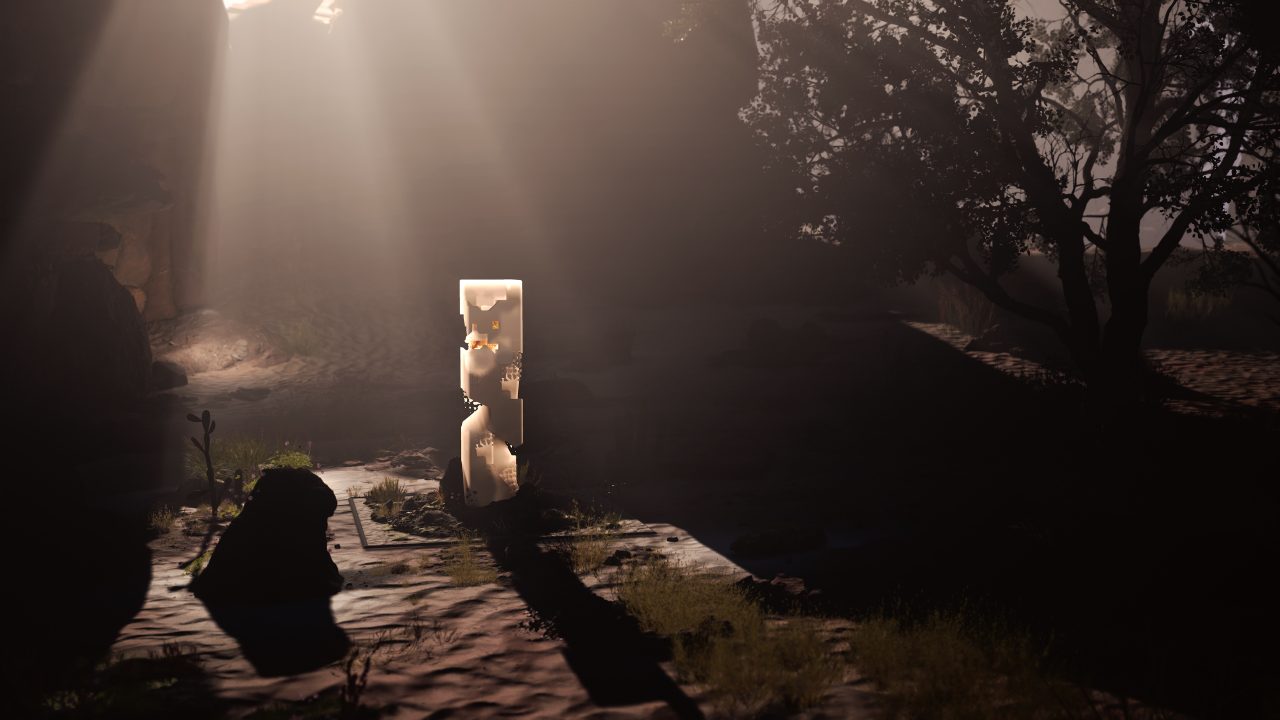
The 10 Ingredients for a Perfect Interactive Team
The 10 Ingredients for a Perfect Interactive Team
Are you looking to create your own interactive team? Check out an NFB tried, tested and true recipe from Marie-Pier Gauthier, the Head of Production for our French Interactive Studio.
Make sure everyone shares the same understanding of the project

Before you’ve even begun creating an interactive production, you have to ask yourself:
- What is the premise of the project in one sentence?
- What is the project about?
- What is the intention of the project?
- Who is the intended audience?
- What do you want to the user to experience and feel?
- What is going to happen and why?
The “team” = the “creator”

In traditional filmmaking, the film crew is very similar to an orchestra: every member has their specific instrument to play, while the director acts as a conductor, commanding their team and unifying every element of the production to their keen specifications.
In interactive productions, that traditional model is more or less thrown out. An interactive team is comprised more of a group of creators than a single filmmaker or director. Creative coders, designers, and sound designers get just as much say and creative input as the director or filmmaker.
Essentially: Don’t be afraid to integrate people from different artistic backgrounds!
Have a beer

Comraderie and creativity walk hand-in-hand. Step out of a work environment and spend time with your future teammates to ensure everyone gels together. This will (hopefully) avoid future conflicts.
Clearly define the roles of each member

Use the R.A.C.I approach as it clearly identifies the roles of each member upfront, prevents micromanaging and allows for creative room to experiment:
- RESPONSIBLE: the people who do the work
- ACCOUNTABLE: the person who has the final call – “buck stops” with them
- CONSULTED: the person who is sought for creative input
- INFORMED: one way communication
The members who are ‘responsible’, ‘accountable’ and, ‘consulted’ all contribute creatively to the project but, in the end, the final decision is the hands of the person who is ‘accountable’. The ‘informed’ group can receive updates about the project, but they don’t collaborate creatively.
Use Agile and quickly create prototypes

The Agile Method is a way to develop a project in small phases (or “sprints”) through quick prototyping. Each completed sprint makes you one step closer to completing the final project.
Prototypes are crucial for creating an interactive production, as they allow you quickly test your content and design. Since every interactive production is different, the tests you run will always be different.
Depending on the type of story or message you’re tying to tell, you might end up testing the proof of concept or the technology, and, because of constant innovations, the latter might require you to change or update on the fly.
Use (and understand) the same vocabulary

Communication is absolutely crucial when working on an interactive production.
Since there are so many contributors to a single project, you have to be crystal clear that every person understands the vocabulary everyone is using to describe or define a component of the project, as well as making sure everyone is constantly on the same page.
Be the glue

As a producer or production manager, you are the glue that keeps your team together. Interactive teams might end up being spread out across an office, the country, or even the world, so you can’t let any member slip through the cracks.
In order to make sure every team member is represented and included, have your sprints and meetings at the same time every week. This type of routine will ensure a sense of stability.
As well, you have to make sure everyone works together for tech support, social media, and quality control issues.
Have a beer

Repeat step 3.
As often as possible.
Use multiple co-creation and sharing tools
Use a plethora of different file sharing tools where multiple people can use, share, and edit in tandem. It’ll centralize everyone’s work and allow you to see who did what, when.
Here are some great file sharing tools:
Filmmakers… get ready to lose control

Presented without comment.
The end of production is just the beginning

Once an interactive production is completed, the actual work begins!
Once your project goes live, you have to begin cultivating it in the social sphere. Set up social media accounts (Twitter, Facebook, Instagram, etc.), keep on top of comment or complaint moderation, and, if your project calls for it, organize, maintain, and control any user generated content.
You must do everything in your power to make sure the project stands out, thrives, and survives in a world where interactive storytelling is becoming more and more popular. Your project is alive, so you should treat it like a living thing that’s constantly in need of the 3 UPs: upkeep, updates, and upgrades.


















I use some new site for file transfer – transfer.co. It is very helpful platform, because you can transfer files up to 5GB absolutely free. The files delete after 7 days, and your information is protected when you choose “protect file” button.
Outstanding in every way imaginable..Now I need to find the team for our mystery/ dramadey project!